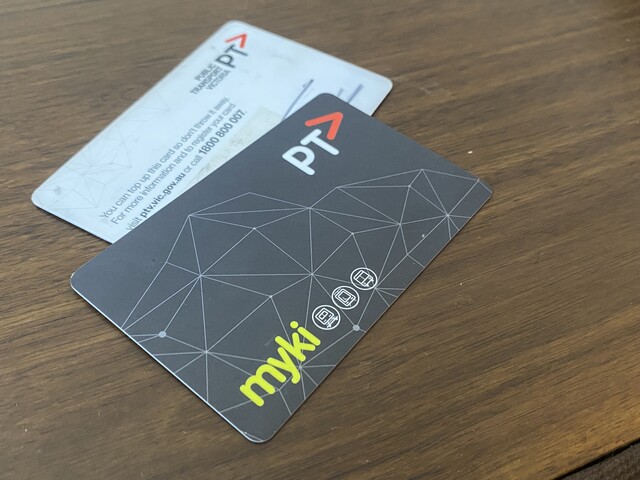Most business owners today make use of accounting packages such as Xero, MYOB and Quickbooks to keep a record of their company’s income and expenses so that profitability can be determined and hence tax obligations calculated.
All of these tools come with reports that enable you to look at sales, expenses, profitability and equity over given periods of time, but I wonder how many businesses actively use these? Each of these packages provide Profit & Loss Reports as well as Balance Sheets that provide valuable financial insights at a particular point and time and are hence a snapshot of the company’s financial performance.
However, there is more that can be obtained alluded to by the quote from James Clear (author of “Atomic Habits”) that it is better to: “Focus on your current trajectory, not your current results.”
Here the standard accounting packages don’t tend to fare so well. Knowing your “trajectory” implies having a budget which defines the results you want to achieve (usually for that financial year and ideally by month) and knowing how you are tracking relative to these. It’s not that the above packages don’t provide the ability to set budgets, they all do, but for whatever reason, few businesses appear to actively use this facility. One possible explanation is that a trajectory is an essentially visual concept which relies upon knowing recent data and the underlying trend and the latter is not easy to obtain from these packages. So, let’s dive a little deeper into what these accounting packages can provide.
A Profit & Loss (P&L) Report details revenue, the cost of sales, gross profit, overhead expenses and net operating profit.
It is used to ensure that the income to a business is able to cover all its costs and hence determine how much money the company actually made.
This information is typically available by month, for the year to date and for any given recent period, e.g. the last financial year and is an essential element in calculating the company’s tax position. It is also necessarily used when calculating the value of a business for sale purposes. Prospective purchasers will be interested in the company’s ability to generate ongoing profits and will use an aggregated value of previous years’ net profits multiplied by a fixed value to derive a purchase price.
With the complete P&L information from a previous timeframe (ideally the previous financial year), it is possible to create a budget for the new financial year against which financial performance can easily be tracked. Using a tool such as Microsoft’s Excel, a visual “trajectory” can be created of the actual vs budget progress.
Use of a Balance Sheet tends to be even rarer than a P&L Report which is a pity since a Balance Sheet contains equally valuable information but from a different perspective.
A balance sheet is a financial statement that captures the company’s overall health at a particular point in time. It simply lists a company’s Assets (cash, equipment, what is owed to the business etc), Liabilities (debts, loans, outstanding tax obligations – everything that the business owes to others) and what would be left over if you sold all the assets and paid all the liabilities. The latter figure is known as Net Equity or Shareholder’s Equity if there are multiple business owners and should be greater than zero!
Balance sheet are listed in order of what’s known as “liquidity” (i.e. the ability to turn the assets into cash) so that cash and inventory are always at the top (these are known as “Current Assets”) and plant, property and equipment (“Non-current Assets” or “Fixed Assets”) listed lower down. If the business continues to make a profit, then the money left over is known as ‘Retained Earnings’ and increases the Net Equity. If this figure is tracked month-by-month, it is possible to calculate and plot the underlying trend of the business’ equity position and hence forecast it into the future.
Ian Ash ACC, AInstIB
Managing director
OrgMent Business Solutions – www.ombs.com.au
What business topics would you like to learn more about? Email your suggestions and feedback to ianash@ombs.com.au







